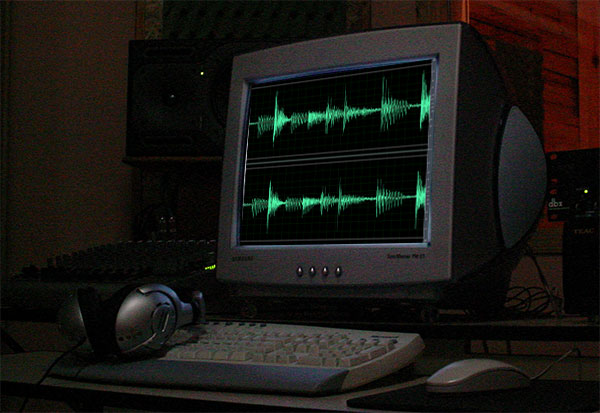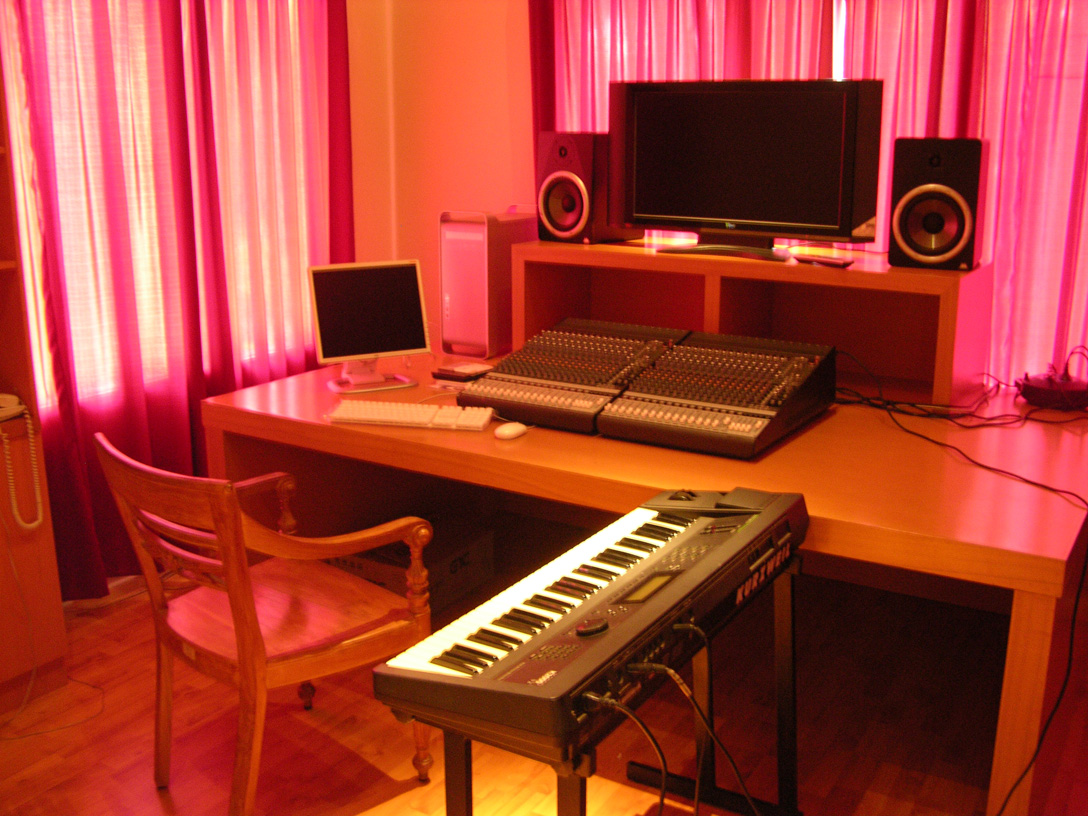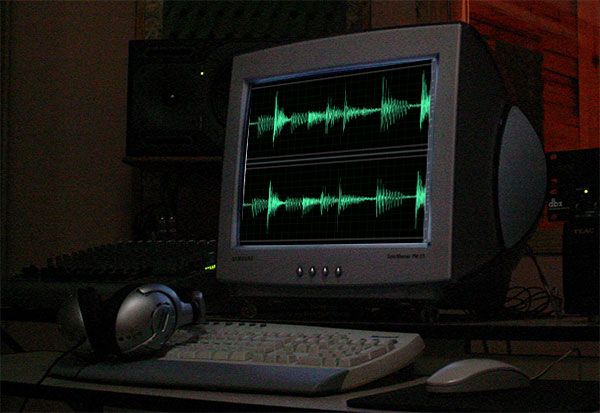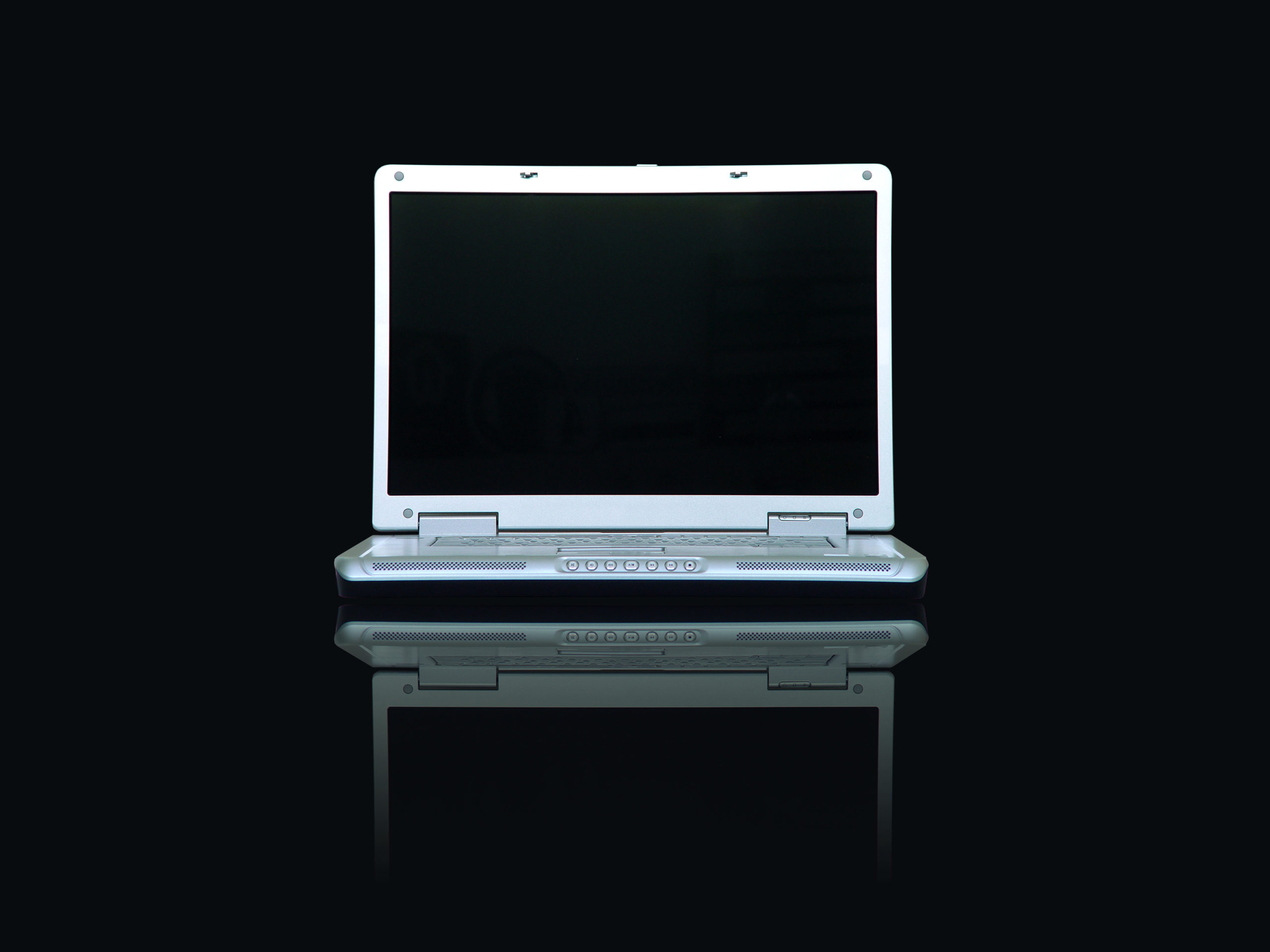Audio Interface 101: What You Need to Know Before Buying One
Audio interfaces are an essential tool for recording and producing music. They act as a bridge between your computer and your instruments or microphones, allowing you to capture high-quality sound. There are many different types of audio interfaces available, ranging from simple two-channel devices to complex systems with multiple inputs and outputs.
In this article, we spent countless hours researching and testing various audio interfaces to identify the ones that offer the best performance and value for money. We focused on USB audio interfaces, which are the most popular type for home studios and small recording setups.
To compare the products in our list, we looked at several factors such as the number and quality of inputs and outputs, compatibility with different operating systems and software, ease of use, and build quality. We also considered the price and overall value for money of each device.
When selecting an audio interface, there are several factors that are most important to consider. First, you need to decide how many inputs and outputs you require. If you’re a solo artist who only needs to record one or two instruments at a time, a two-channel interface will suffice. However, if you’re recording a full band or multiple instruments simultaneously, you’ll need a device with more inputs.
Another important factor is the quality of the preamps and converters. These components can have a significant impact on the sound quality of your recordings, so it’s essential to choose a device with high-quality components.
Finally, you should consider the compatibility of the audio interface with your operating system and recording software. Make sure the device you choose is compatible with your computer and software to avoid any compatibility issues.
After extensive testing and research, we found that the Focusrite Scarlett 2i2 and the PreSonus Studio 24c are the best audio interfaces on the market. Both devices offer excellent sound quality, a robust build, and a user-friendly design. The Focusrite Scarlett 2i2 is an excellent choice for beginners and professionals alike, while the PreSonus Studio 24c is ideal for those who require more inputs and outputs.
If you’re in the market for an audio interface, we recommend considering these top choices and keeping in mind the factors we mentioned above. By selecting the right device for your needs, you can ensure that your recordings sound professional and polished.
Best Audio Interfaces
We’ve researched and tested several audio interfaces to find the best ones on the market. Our team of experts evaluated each product based on its sound quality, ease of use, compatibility, and features. We chose these products because they offer exceptional performance and value for their price.
When selecting an audio interface, there are several factors to consider. The most important ones include the number of inputs and outputs, the type of connectivity, the sample rate and bit depth, the preamp quality, and the software compatibility. Depending on your needs, you may also want to look for features such as MIDI support, DSP processing, headphone amplifiers, and monitor control.
After testing and comparing the top audio interfaces, we found that the Universal Audio Apollo Twin X and the Focusrite Scarlett 4i4 are the best choices for most users. The Apollo Twin X offers superior sound quality and processing power, while the Scarlett 4i4 is more affordable and versatile. Our top tips for selecting an audio interface are to choose one that matches your budget and requirements, and to prioritize sound quality and reliability over bells and whistles.
Focusrite Scarlett Solo 3rd Gen USB Audio Interface

If you’re looking for a reliable and high-quality audio interface, the Focusrite Scarlett Solo 3rd Gen is a great option. With its professional sound quality and easy-to-use features, it’s perfect for singer-songwriters, podcasters, and producers.
Pros
- The Scarlett Solo has the best performing mic pre-amps in the Scarlett range, which will give your recordings a brighter and more open sound. The switchable Air mode adds extra clarity to your vocals, making them sound even better.
- The high headroom instrument input allows you to record guitar and bass without any unwanted clipping or distortion, so you can capture your instruments in all their glory.
- Scarlett’s high-performance converters enable you to record and mix at up to 24-bit/192kHz, so your recordings will retain all of their sonic qualities.
Cons
- Only two inputs, so it may not be suitable for larger recording sessions.
- No MIDI input or output, which may be a downside for some users.
- The bundled software may not be suitable for everyone’s needs.
In our experience, the Scarlett Solo is incredibly easy to use, and the sound quality is top-notch. The pre-amps have almost 70 decibels of gain, which means this audio interface won’t struggle to power the most demanding of dynamic microphones. The first air mode adds a little bit of EQ, which can make a difference when recording vocals.
The high headroom instrument input is also a standout feature, as it allows you to record guitar and bass without any unwanted clipping or distortion. The gain halos make it easy to set the input level, so you can get the perfect guitar take every time.
We also appreciate the low-noise balanced outputs, which provide clean audio playback. This means you can hear all the details and nuances of your own track or music from streaming services. You can even plug in your own headphones via the output for private listening in high-fidelity.
Overall, we highly recommend the Focusrite Scarlett Solo 3rd Gen USB Audio Interface for anyone looking for a reliable and high-quality audio interface. It’s easy to use, sounds great, and comes with all the software you need to get started.
We chose the Focusrite Scarlett Solo 3rd Gen as one of our top picks for best audio interface because of its high-quality sound and ease of use. Some important factors to consider when selecting an audio interface include the number of inputs and outputs, the quality of the pre-amps, and the supported sample rates and bit depths.
If you’re in the market for an audio interface, be sure to consider your needs and budget carefully before making a purchase. Look for an interface that has the features you need, such as MIDI input/output, multiple inputs/outputs, and high-quality pre-amps.
In summary, the Focusrite Scarlett Solo 3rd Gen USB Audio Interface is a great option for anyone looking for a reliable and high-quality audio interface. It’s easy to use, sounds great, and comes with all the software you need to get started. When selecting an audio interface, be sure to consider your needs and budget carefully, and look for an interface that has the features you need.
M-Audio M-Track Solo – USB Audio Interface

If you’re looking for a portable audio interface that can handle recording, podcasting, and live streaming, the M-Audio M-Track Solo is an excellent choice. With its Crystal Preamp, versatile inputs, and USB power, you can create high-quality recordings anytime, anywhere.
Pros
- The Crystal Preamp provides transparent sound that’s perfect for any microphone, including condenser mics.
- The USB/Direct switch makes it easy to balance the direct input and computer playback for zero-latency monitoring.
- The complete software package includes everything you need to get started right away, including MPC Beats software.
Cons
- The headphone output is a 1/8″ jack, which may not be compatible with all headphones.
- Some users have reported issues with the driver installation on Windows.
- The single XLR input may limit your recording options if you need to record multiple sources simultaneously.
The M-Audio M-Track Solo is a great choice for anyone who needs a portable, easy-to-use audio interface. Whether you’re a musician, podcaster, or live streamer, this interface has everything you need to create professional-quality recordings.
The Crystal Preamp is a standout feature of this interface. It provides transparent sound that’s perfect for any microphone, so you can be sure that your recordings will sound great. The USB/Direct switch is also a great feature, as it makes it easy to balance the direct input and computer playback for zero-latency monitoring.
The M-Audio M-Track Solo comes with a complete software package that includes everything you need to get started right away. The MPC Beats software is particularly useful, as it provides all the essential production tools you need to create high-quality recordings.
Overall, the M-Audio M-Track Solo is an excellent choice for anyone who needs a portable, easy-to-use audio interface. While it may not have as many inputs as some other interfaces, it’s perfect for anyone who needs to record a single source at a time. If you’re looking for a high-quality, affordable audio interface, the M-Audio M-Track Solo is definitely worth considering.
We compared several audio interfaces based on their features, ease of use, and overall value. We chose the M-Audio M-Track Solo because it offers excellent sound quality, versatile inputs, and a compact, portable design. When selecting an audio interface, it’s important to consider factors such as the number of inputs, the quality of the preamps, and the compatibility with your computer and software. Make sure to choose an interface that meets your specific needs and budget.
In summary, the M-Audio M-Track Solo is an excellent choice for anyone who needs a portable, easy-to-use audio interface. Its Crystal Preamp, versatile inputs, and USB power make it an ideal choice for recording, podcasting, and live streaming. If you’re looking for a high-quality, affordable audio interface, the M-Audio M-Track Solo is definitely worth considering.
Behringer U-Phoria UM2 USB Audio Interface

If you’re searching for an affordable and straightforward way to record music on your computer, then the Behringer U-Phoria UM2 is worth considering. We found that this USB audio interface has everything you need to capture your musical ideas effortlessly.
Pros
- The Behringer U-Phoria UM2 features a high-quality XENYX preamp that delivers clear and rich sound.
- It has a dedicated instrument input that makes it easy to record your guitar or keyboard while singing.
- The U-Phoria UM2 supports 48kHz sample rates and phantom power, which is perfect for recording vocals and acoustic instruments.
Cons
- The build quality of the U-Phoria UM2 is not as durable as some other audio interfaces in the market.
- The device has a single XLR/TRS combo input, which may limit your recording options.
- The U-Phoria UM2’s volume knob is a bit sensitive, which can make it challenging to adjust the sound level precisely.
In our experience, the Behringer U-Phoria UM2 is an excellent entry-level audio interface that offers impressive sound quality for its price. We appreciated the device’s user-friendly design and easy setup, which made it a breeze to start recording right away.
If you’re a beginner or a hobbyist looking for a reliable and affordable audio interface, the Behringer U-Phoria UM2 is a solid choice. However, if you’re a professional musician or a recording engineer, you may want to consider a more advanced audio interface with additional features and better build quality.
In summary, we compared several audio interfaces based on their sound quality, features, price, and user reviews. We selected the Behringer U-Phoria UM2 as one of the best options for beginners and hobbyists who want a simple and effective way to record music on their computer.
When selecting an audio interface, it’s essential to consider factors such as the number of inputs and outputs, the quality of the preamps, the supported sample rates, and the compatibility with your computer and recording software. It’s also crucial to read user reviews and compare prices to find the best value for your budget.
In conclusion, the Behringer U-Phoria UM2 is a great choice for anyone who wants to start recording music at home without breaking the bank. Remember to choose an audio interface that suits your needs and preferences and enjoy making music!
Behringer U-Phoria UMC202HD USB Audio Interface

We highly recommend the Behringer U-Phoria UMC202HD USB Audio Interface for anyone looking for a budget-friendly option that doesn’t skimp on quality.
Pros
- Phantom Power
- Compatible with popular recording software including Avid Pro Tools*, Ableton Live*, Steinberg Cubase*, etc.
- Powerful Phones output with Level control and Direct Monitor select, “Built-like-a-tank”, impact-resistant metal chassis.
Cons
- No drivers that allow you to monitor in stereo.
- The headphone output is limited to stereo output only.
- Not compatible with PlayStation 5.
The Behringer U-Phoria UMC202HD USB Audio Interface is a solid choice for those looking for an affordable audio interface. The interface comes with Phantom Power, which is essential for recording with condenser microphones. It is also compatible with popular recording software such as Avid Pro Tools, Ableton Live, and Steinberg Cubase, making it versatile and easy to use.
The interface also comes with a powerful Phones output with Level control and Direct Monitor select, which allows for easy monitoring of your recordings. The interface is built to last, with an impact-resistant metal chassis that can withstand the wear and tear of regular use.
One downside of the Behringer U-Phoria UMC202HD USB Audio Interface is that there are no drivers that allow you to monitor in stereo. This can be frustrating for those who want to monitor their recordings in stereo. Additionally, the headphone output is limited to stereo output only, which may not be sufficient for some users.
Overall, the Behringer U-Phoria UMC202HD USB Audio Interface is a great option for those looking for an affordable and reliable audio interface. Its compatibility with popular recording software, Phantom Power, and powerful Phones output make it a versatile and easy-to-use option.
Criteria used to compare the products in this list included price, compatibility with popular recording software, ease of use, and overall quality.
When selecting an audio interface, it is important to consider factors such as the number of inputs and outputs, compatibility with your recording software, and the quality of the interface’s preamps. It is also important to consider your budget and the specific needs of your recording setup.
In summary, the Behringer U-Phoria UMC202HD USB Audio Interface is a top choice for those looking for a budget-friendly option that doesn’t skimp on quality. We also recommend the Focusrite Scarlett 2i2 USB Audio Interface for those willing to spend a bit more for higher-quality preamps and better overall sound. When selecting an audio interface, be sure to consider factors such as compatibility, number of inputs and outputs, and overall quality.
UA Volt 4 USB Audio Interface

If you’re looking for a versatile audio interface that delivers high-quality sound and a range of useful features, the UA Volt 4 USB Audio Interface is definitely worth considering.
Pros
- The Vintage Mic Preamp mode offers album-ready sound for vocals and guitars.
- The interface is compatible with Mac, PC, iPad, and iPhone, making it a great choice for home and mobile recording.
- The interface is built to last and comes with a 30-day free trial to UAD Spark, which includes some of the best vintage gear and instruments ever made.
Cons
- The preamps are not very impressive, and there is not enough power on the preamp.
- The software can be difficult to use, and support is not very good.
- The Vintage Mic Preamp mode doesn’t add anything mind-blowing but does add some nice warmth.
In our experience, the UA Volt 4 USB Audio Interface is a great choice for musicians, podcasters, and streamers who need a versatile and reliable interface that delivers great sound quality and a range of useful features. The Vintage Mic Preamp mode is a standout feature, offering album-ready sound for vocals and guitars. Plus, the interface is compatible with Mac, PC, iPad, and iPhone, making it a great choice for home and mobile recording.
When comparing audio interfaces, we looked for products that offer high-quality sound, a range of useful features, and good value for money. We also considered factors like compatibility, ease of use, and build quality.
When selecting an audio interface, it’s important to consider factors like the number of channels, connectivity options, and software compatibility. You should also think about your specific needs and budget, as well as any additional features you might want, like built-in effects or preamps.
In summary, we recommend the UA Volt 4 USB Audio Interface for its high-quality sound, versatile features, and solid build quality. If you’re looking for a reliable and versatile interface that delivers great sound quality and a range of useful features, this is definitely a product worth considering. When selecting an audio interface, be sure to consider factors like compatibility, ease of use, and build quality, as well as your specific needs and budget.
Buying Guide
When it comes to selecting an audio interface, there are a lot of factors to consider. We’ve put together a list of the most important features to look for when choosing the best product for your needs.
Connectivity
One of the most important factors to consider is the connectivity options offered by the audio interface. It’s important to choose a product that has the right inputs and outputs for your specific setup. Some common connectivity options include USB, Thunderbolt, and FireWire.
Input and Output Channels
The number of input and output channels is another important consideration when selecting an audio interface. The number of channels you need will depend on the type of recording you plan to do. If you’re just recording vocals or a single instrument, a two-channel interface may be sufficient. However, if you plan to record a full band, you’ll need an interface with more channels.
Sample Rate and Bit Depth
The sample rate and bit depth of an audio interface determine the quality of the recordings you’ll be able to produce. Higher sample rates and bit depths generally result in better sound quality, but also require more processing power. It’s important to choose an interface that offers the right balance of quality and processing power for your needs.
Preamps
The quality of the preamps in an audio interface can have a big impact on the sound quality of your recordings. Look for an interface with high-quality preamps that offer plenty of gain and low noise levels.
Price
Finally, price is always a consideration when selecting an audio interface. While it’s important to choose a product that offers the features you need, it’s also important to stay within your budget. Look for a product that offers the right balance of features and price for your needs.
We compared a variety of audio interfaces based on these criteria to come up with our top picks. We chose these products because they offer a great balance of features, quality, and price. When selecting an audio interface, consider these factors to find the best product for your needs.






